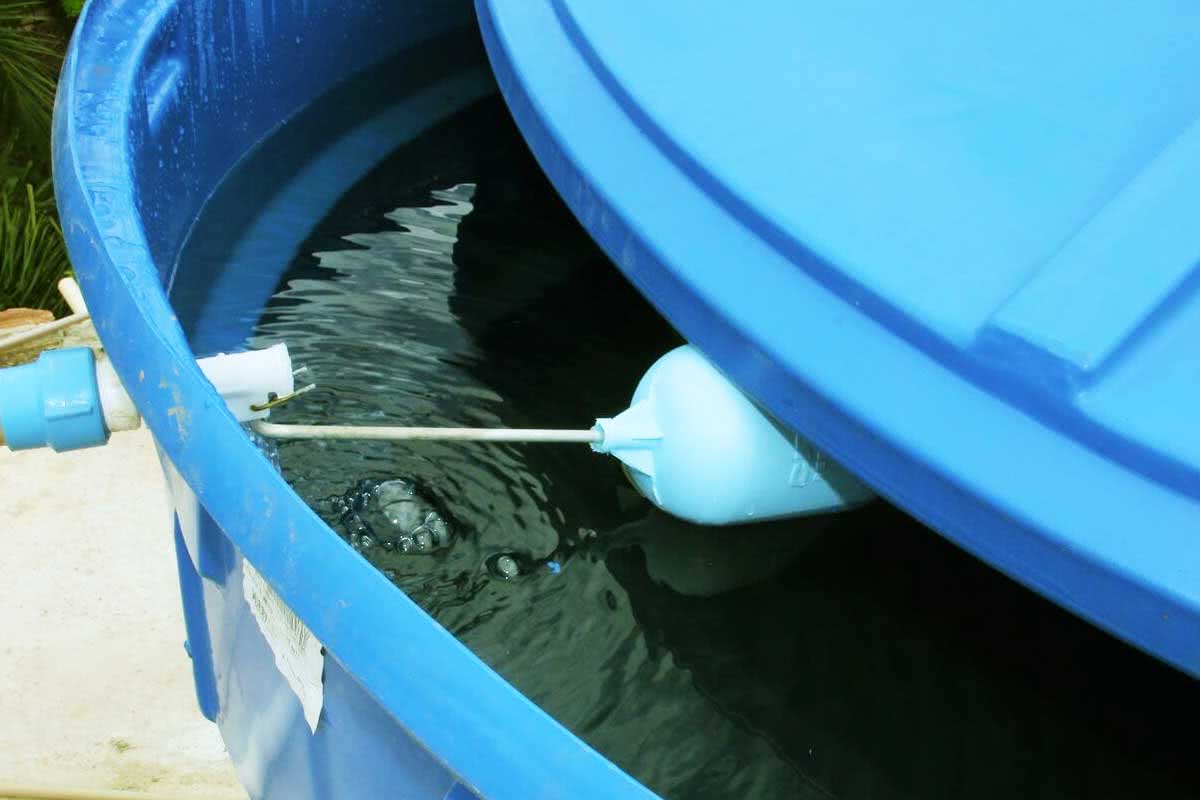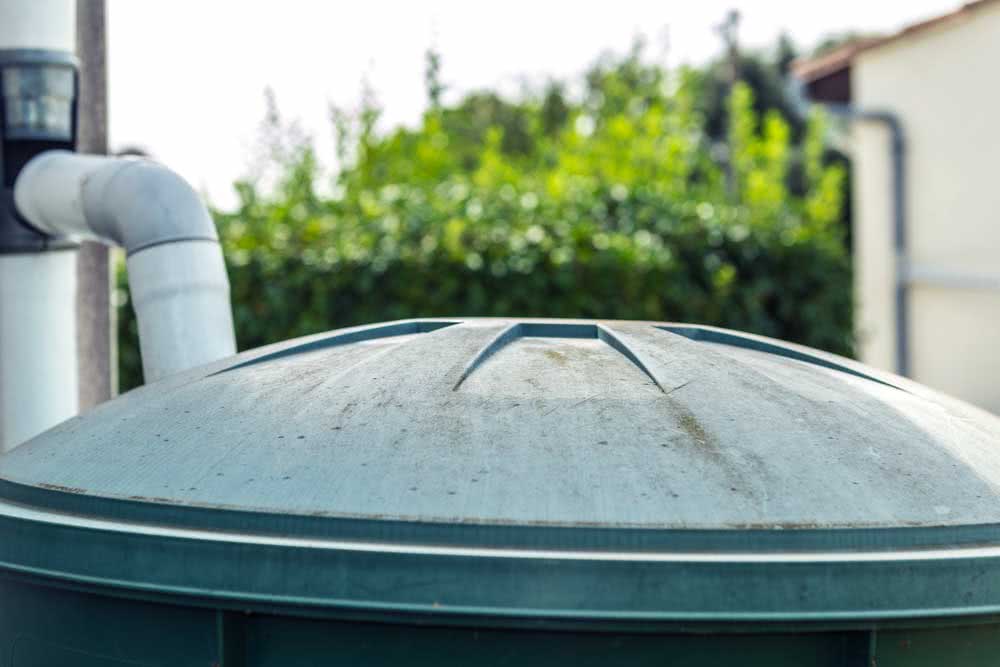When was the last time you cleaned the water tank? And how was this cleaning carried out? If you don’t know or even remember this, then join us on this post.
Let’s talk about the importance of keeping the water tank clean and give you tips on how to do this cleaning in a really effective way, follow.
How important is it to clean the water tank?
The water tank is the reservoir that each house or building has to avoid running out of water in a water crisis situation or even during network maintenance.
The fact is that the presence of the water tank is essential in any home, commerce or industry.
And since it is there, at your service, then it needs to be cleaned and taken care of to ensure the quality of water that you and your family will consume.
Basically, cleaning the water tank comes down to avoiding contamination with microorganisms harmful to human health. Many of these microscopic agents, invisible to the naked eye, cause serious illnesses such as cholera and even leptospirosis.
That is why it is so important to keep the water tank cleaning up to date. But if you still need another reason to clean the water tank, then we have one more to give you.
Cleaning the water tank prevents the accumulation of sludge and dirt at the base of the reservoir, which over time can end up in the house’s water pipe, causing blockages to occur in the network.
How often do you need to clean the water tank?
The water tank should be cleaned every six months, that is, twice a year.
Some people prefer to clean only once a year. He can? Yes, but it is important that the periodicity of cleaning does not exceed this limit. Going more than a year without cleaning the water tank is an unnecessary risk.
Cleaning the water tank: tips and step by step

The good thing is that cleaning the water tank is relatively simple to be done and costs almost nothing. The only caveat is regarding the height and location of the box.
If it is in a very high place or difficult to access, it is worth counting on the help of a professional or specialized company, ok?
What materials are needed to clean the water tank?
The materials to clean the water tank generally everyone has at home and they are very affordable. Check out:
- Ladder (large enough to reach the reservoir);
- rubber gloves and boots;
- clean and dry cloths;
- Soft sponge;
- Bleach.
And the detergent? If you missed using soap to clean your water tank, don’t worry. Is that so.
The use of detergents and washing powder (or any other cleaning product) is not recommended for cleaning the water tank, since these substances can leave residues in the reservoir capable of contaminating the water.
Therefore, to clean you will only need bleach. The amount of bleach will depend on the size of your water tank.
In general, it is recommended to use one liter of bleach for every thousand liters of storage capacity. In other words, a thousand-liter reservoir will require a liter of the substance for complete disinfection.
Now follow the step by step of how to clean the water tank:
How to clean a water tank: step by step

- Plan the water tank cleaning day in advance and inform all residents (especially in the case of buildings and condominiums), after all, no one deserves to be caught off guard.
- Close the general valve to stop the supply flow or tie off the float.
- Empty the water tank until the level reaches one foot from the base of the reservoir. The water being drained must be stored in buckets to continue supplying residents during the cleaning period. Never waste water.
- Go up to the water tank. Make sure the ladder is secure and positioned to prevent accidents, and be very careful when walking on the roof.
- Cover the water outlet of the reservoir to prevent dirt from flowing down the pipes. You can do this using pieces of cloth.
- Wearing gloves and boots, spray bleach over the entire length of the water tank, including the walls, lid and bottom. Let the product act for about 30 minutes.
- After that time, return to the reservoir to actually begin cleaning. Use a sponge or soft cloth to scrub the entire water tank, removing the mud and dirt plates. Wear a mask if the bleach smell is too strong.
- Do not use steel sponges or piassava brooms to clean the water tank. These materials are very aggressive and can scratch the walls of the reservoir, permanently damaging the water tank. Grooves can also end up becoming the ideal habitat for microorganisms, not to mention that scratches make the cleaning process more difficult as dirt tends to impregnate more easily in these places.
- Once this process is done, empty the water tank completely to ensure that all dirt comes out. For this, use buckets to drain the water and dry cloths to completely dry the water and finish cleaning.
- With the water tank clean and the water outlet still closed, let the tank refill to the height of a hand inch or so. Close the registration again or suspend the float.
- In this water that has just reached the box, you must add bleach again to complete the disinfection and cleaning process. Add one liter of product for every thousand liters of storage capacity.
- Wet the entire side of the water tank well with this mixture and let the product act for two hours. If you notice that the sides of the reservoir have dried, water again. Repeat this process of moistening the walls of the box until the two-hour period is complete.
- At the end of this time, remove the water outlet plug and completely empty the water tank, but remember to still keep the valve closed and the float tied.
- Open the faucets and flush the toilet. Thus, mixing bleach with clean water can also clean and disinfect the pipes.
- With the box completely clean and empty, open the valve again, release the float and put the lid in place. The box is ready to use.
- Remember to cover the water tank very well without leaving any gaps open. Dengue-transmitting mosquitoes can take advantage of these small gaps to lay eggs.
- Note on the outside of the water tank the day on which the cleaning was performed and keep this date in your cell phone’s calendar as well. You can set a reminder for six months from now, so you can’t forget that it’s time for a fresh water tank cleaning.
Ready! After completing all these steps, you can now rest easy knowing that the water that reaches your family is clean and well taken care of.
How much does it cost to clean the water tank?

You may not be able to clean the water tank. Whether due to difficulty in accessing the place where she is, whether due to lack of time or any other reason.
In these cases you don’t need to worry either. Water tank cleaning can be outsourced to companies and professionals specialized in this type of service.
The price for cleaning the water tank usually charged by these professionals and companies is not usually expensive.
The amounts are charged based on the size of the water tank, that is, the larger the reservoir, the higher the price.
But, just to give you an idea, a water tank with a capacity of one thousand liters, the most common in Brazilian homes, costs on average between R$ 120 and R$ 150 to be cleaned.
A slightly smaller box, of 500 liters, can cost between R$ 100 and R$ 120.
Meanwhile, a 50,000 liter tank, common in condominiums, for example, costs around R$900 for complete cleaning.
Regardless of who will clean your water tank, one thing is certain: your family’s health will be guaranteed (at least as far as it depends).



